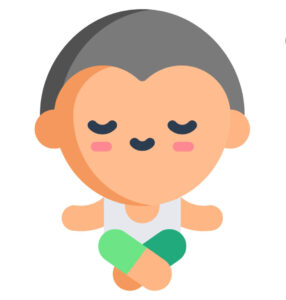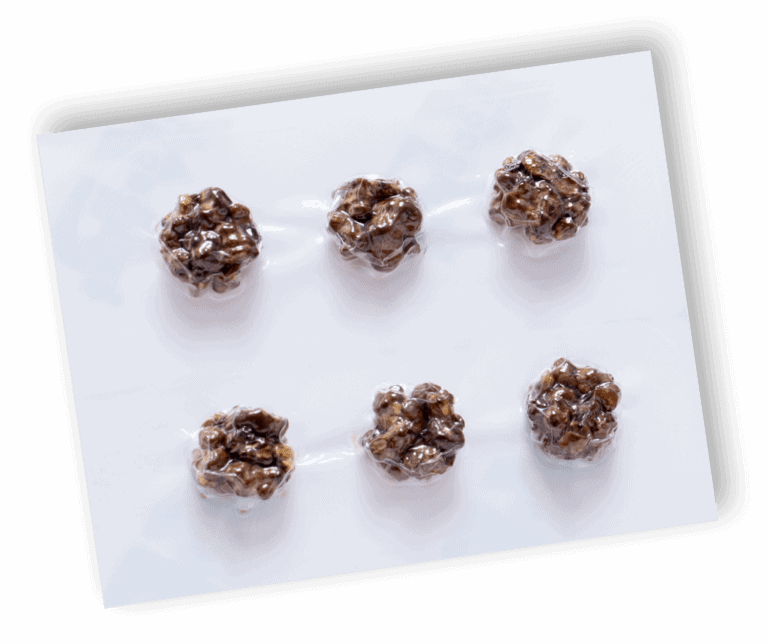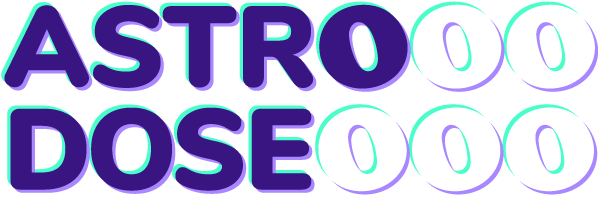

Astrodose
Can a Microdosing Routine Prevent Burnout?
- ,
- , Wellness
Burnout is exactly as it sounds. A sputtering, flickering, burning up of fuel, until there is no more energy left to give. It is an all-consuming mental, emotional, and sometimes physical sucker-punch, often caused by an intensive workload coupled with a lack of time for oneself.
The red-flags of burnout — often not seen until it’s too late — include persistent fatigue, feelings of dissociation and detachment, and drop in work performance. It messes up your enjoyment in life. It compromises your sleep, and your mental state. And unfortunately, it cannot be cured by a bubble bath, or a duvet day like some stressors can.
Addressing Burnout
To actually, fully, recover from a burnout, multiple factors need to be addressed. Ideally, a counselor or therapist should be sought, some significant time-off scheduled, and a mindfulness and/or self-care practice established. Another key aspect of the healing journey, according to some, is incorporating a little thing called psilocybin into your regime.
Burnout can only be solved holistically — i.e. from all angles. This has led therapists and scientists to wonder whether psychedelics, like magic mushrooms, can aid in treating or even preventing burnout.

What is Burnout?
Causes and Symptoms
People in high-stress jobs, such as healthcare workers, teachers, first responders, students, and those who work several jobs are often more likely to suffer from a burnout. Similarly, those who work in high-stakes corporate settings and work long hours are also susceptible. People who have to juggle many roles and have a lot of responsibility, such as entrepreneurs, are at risk too. However, anyone can ultimately suffer from a burnout, whatever their field, if they are suffering from stress and not able to rest and recharge.
Symptoms That Point to Burnout
Burnouts can manifest in various different ways. However, the most common signs and symptoms include:
- Disrupted sleep
- Chronic fatigue
- Headaches
- Nausea
- High blood pressure
- Poor immune function
- Forgetfulness
- Anxiety
- Feelings of hopelessness or being trapped
Over time, these symptoms can bloom into serious mental, emotional, and physical imbalances. They can cause depression, put strain on relationships, and even lead to a total nervous breakdown. Long term stress can also make us more susceptible to various illnesses and medical conditions.
How Psilocybin Can Help Prevent and Treat Burnout
Treating burnout is a complex and multi-layered issue. As a condition that does exhibit warning signs, the best way to treat it might actually be to prevent it. Psychedelics, such as psilocybin from magic mushrooms or magic truffles, can help us do this. They can also help those who have already gone through burnout too.
Today, the scientific, medical, and therapeutic community are embracing psychedelics in a way never seen before. Psychedelic-assisted therapy is feted to be the revolution that health-care has been crying out for.
Psychedelic-Assisted Therapy is Revolutionizing Mental Health Care
In psychedelic-assisted therapy, a mind-expanding substance such as psilocybin, LSD or MDMA, is administered by a trained therapist, who then guides the patient through their experience. By setting intentions before going into an altered state of consciousness, one is able to work through issues, however deeply ingrained.
This kind of therapy has been found to be a powerful treatment for conditions such as depression, addiction, anxiety, eating disorders, and cluster headaches, among others. It also has long lasting effects, with the changes being noted for some time after, in some cases up to a year. Unlike traditional pharmaceutical medication, these sessions need only happen a handful of times, rather than a pill taken every day. In addition, it interrogates the root cause rather than simply masking the symptoms.
Psychedelics can cause pathways between brain regions that do not usually communicate to open. This helps the user to shift perspectives, relearn and reassess ingrained behaviors, and release trapped emotions and trauma. All of this can contribute to both preventing and treating burnout.

How to Nip Burnout in the Bud
Psychedelics are a key method of treating burnout. However they can also be used to nip it in the bud before it takes hold of your life. Prevention is always preferable! By paying attention to your body, and listening to feelings of stress, you can take steps to reduce your risk of burnout.
Microdosing Psilocybin to Prevent Burnout
Microdosing psilocybin is associated with improved mood, creativity, and reduced anxiety. It is the practice of taking psychedelic mushrooms or truffles at such low dosage that the characteristic psychedelic effects are not consciously felt. Microdosing is a wellness routine that helps you to listen to, and be present in, your body. It can calm and focus your mind, helping you to see beyond your immediate stressors.
For many people it restores the small joys of everyday life — something that those in the grips of a burnout often can no longer see.
Here is a summary of the most common microdosing protocols to get you started:
The Fadiman Protocol
The Fadiman Protocol is the most widely known microdosing protocol. It is usually the first one you learn of when delving into the world of microdosing — hence why it is sometimes also referred to as the Beginners Protocol. The name derives from its creator — Dr James Fadiman — a pioneering psychedelic explorer who invented it to observe fully the difference between microdosing days and non-microdosing days. It goes a little something like this:
Day 1: Microdose.
Day 2: No microdose (or ‘rest’).
Day 3: No microdose.
Day 4: Microdose
— Basically, one day on, two days off.
Fadiman derives this plan from his research in which he observed that the majority of people experienced an ‘afterglow’ effect that continues into the next day after microdosing. The third day is to ‘reset’ — a return to your ‘normal’ consciousness so as to best notice the effects of your microdose. It is a great way to be able to track how your microdose affects you. Also recommended is journaling or noting down your experiences — this way you can adjust your dose accordingly.
Fadiman recommends you continue this cycle for 4 to 8 weeks. After this take a ‘reset’ break for 2 to 4 weeks.
Every Other Day
This is probably the second most common protocol, recommended by The Microdosing Institute. Through their research they advise that some people find microdosing every other day more effective — especially for those who are microdosing for a specific condition such as depression or anxiety. It goes a little something like this:
Day 1: Microdose.
Day 2: No microdose.
Day 3: Microdose.
Day 4: No microdose
Continue this protocol for 4 to 8 weeks, followed by a ‘reset’ break of 2 to 4 weeks.

Of course, the many other factors that surround and lead to a burnout — such as a too-heavy workload or insufficient work/life balance — must also be addressed. But psychedelics, like psilocybin, when taken responsibly, can give you the tools to do this, and make real changes.










